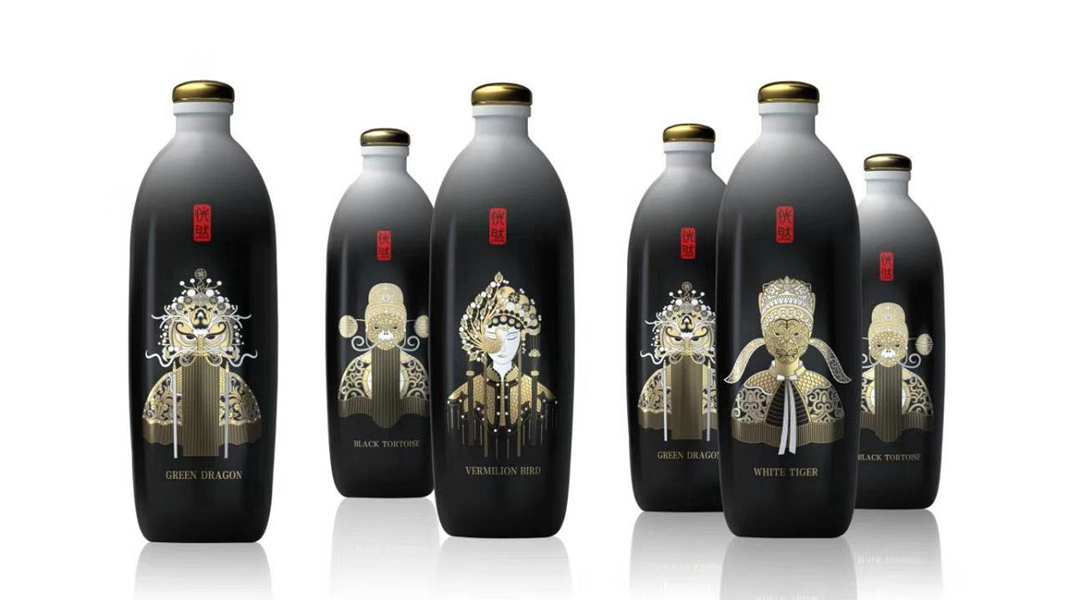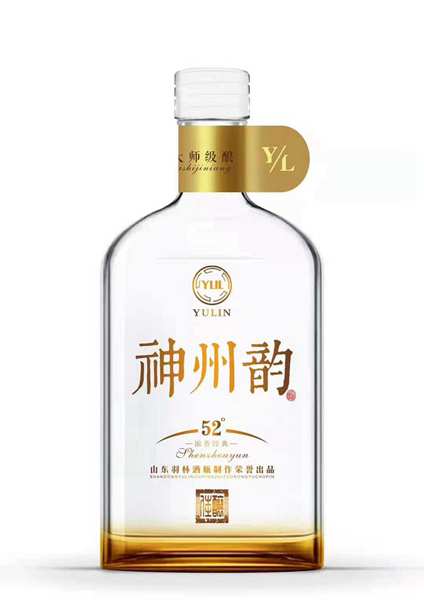Current position:Home >News >Company News > Common quality defects in the production of glass bottle manufacturers
Common quality defects in the production of glass bottle manufacturers
Common quality defects in glass bottle manufacturers
Various glass bottles are very common in our daily life. At the same time, if we do not observe carefully, we will not find quality problems. As an experienced glass bottle manufacturer, Shandong Jingtou Glass Products Co., Ltd. will lead you to understand the common quality problems of glass wine bottles and wine bottle customization.
(1) Cracks are a common disadvantage of glass bottles. It can be very fine, some only found in reflected light. Bottle necks, necks and shoulders are common sites, and cracks are also common in the bottle body and bottom.
(2) Uneven thickness This refers to the uneven distribution of glass on the glass bottle. The temperature of the glass gob is uneven, the high temperature part has low viscosity and is easy to blow thin; the low temperature part has large resistance and large thickness. The mold temperature is uneven, the glass cools slowly at high temperature, and it is easy to blow thin, and the temperature is low, the glass cools quickly and blows thick.
(3) The temperature and action temperature of the deformed gob are too high, and the bottles that are not demolded from the molding die often collapse and deform. Sometimes the bottom of the bottle is still soft and can leave scratches on the conveyor belt, making the bottom uneven.
Fourth, the unsaturated gob (the temperature is too low or the model is too cold will blow the unsaturated gob in parts, shoulders and other parts, resulting in defects such as gaps, deflated shoulders, and unclear patterns.
(5) Cold spots The uneven patches on the glass surface are called cold spots. The main reason for this defect is that the model temperature is too cold, which mainly occurs when starting or stopping production.
(6) Protrusions Defects in which the suture line of the glass bottle protrudes or the edge of the mouth protrudes outwards. The reason for this is that the model parts are not made correctly or installed improperly. The model is damaged, there is dirt on the surface of the seam, the top core is lifted too late, and the glass material falls into the initial mold, which will cause part of the glass to be pressed or blown out of the gap.
(7) Defects of suture line
Seamline cracks (burst seamlines): vertical cracks in the mold seamline. Its shape is different from that of hot die cracks.
Poor initial mold stitching: The iron bowl line of the bottle body is raised and sharp. After molding, the die line is recessed.
Forming seam burrs: Raised burrs at the forming seam, opposite to the shape of the initial die line.
Forming staggered seam: The two halves of the forming mold are not well matched, and the seam line is stepped. One high and one low.
The bulkhead wire is too deep: the glass enters the initial mold and the bulkhead pull seam, forming an obvious sawtooth seam. Visual inspection found that the bulkhead line was significantly concave
Bulk head burr (rotten head line): A jagged bulk head line is formed at the joint of the bulk head and the iron bowl.
Bottle mouth/preliminary die seam burr: The connection between the hole and the iron bowl is not smooth, forming a raised, stepped or zigzag stitch.
(8) Measuring defects
The bottle is too large: the diameter of the bottle exceeds the upper limit of the standard. When the bottle body is sunken, it may also cause the body diameter to be too large at a certain point.
Bottleneck blocking (narrow neck): The inner diameter of the bottle neck is smaller than the specified requirement. According to the customer's filling tube requirements, some products indicate the effective length of the inner plug on the design drawing, which is unacceptable if the neck is narrow. Products without special requirements shall be judged by visual inspection.
Neck Inner Ring: A concentric ring of glass on the upper part of the neck or bottle body.
The inner diameter of the bottle mouth is too small: the inner diameter of the bottle mouth is smaller than the specified requirements. It can be measured with a plug gauge or a vernier caliper. The double inner port may cause the inner diameter of the port to be too small.
Ultra-high pressure: the height of the bottle exceeds the upper limit of the standard, and the elongated neck will also cause the height of the bottle.
The bottle height is lower than the standard lower limit value, excessive shrinkage in the bottle or the bottom of the bottle will cause the bottle height.
The bottle body is not round: Ovality is a deformation of the bottle body section from a circle to an ellipse, which is usually expressed by the difference between the major and minor axes of the ellipse. That is to say, the difference between the large value and the small value of one rotation of the same initial measurement surface exceeds the standard range of the bottle body out-of-roundness.
Bottle bulge: The bottle body is deformed and protrudes outward beyond the specified requirements
Wine bottle customization, wine bottle customization, Yuncheng glass bottle, glass bottle manufacturer, glass wine bottle manufacturer, wine bottle manufacturer, glass wine bottle and other wine bottles, please choose Shandong Jingtong Glass Products Co., Ltd.


